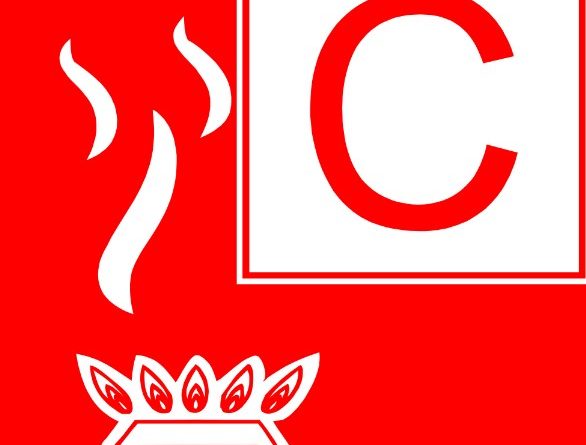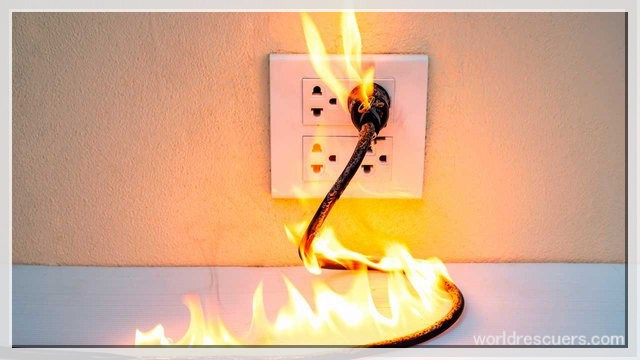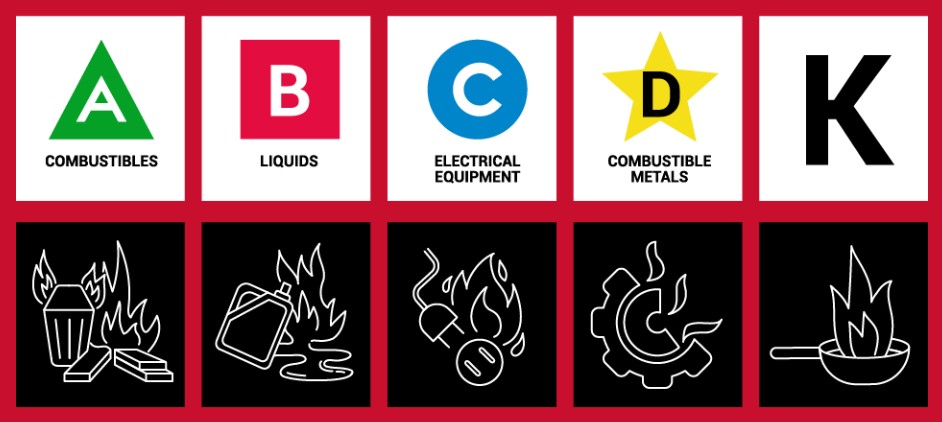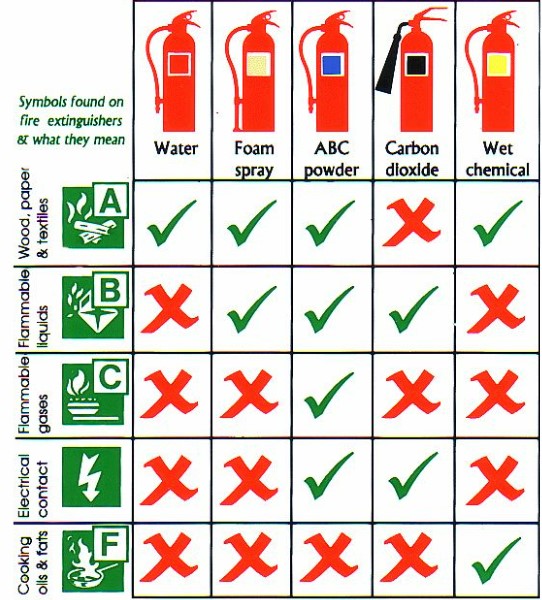
Class C Fire
Class C fires are fires that involve energized ( In contact with source of energy) electrical equipment such as appliances, wiring, circuit breakers, and outlets. These types of fires can be incredibly dangerous and difficult to extinguish due to high risk factor. This apiece of writing will answer the questions; What is a Class C fire?, What is NFPA fire classification? How class C fire can be identified?, What are best ways to extinguish class c fire? and above all how can we prevent class C fire?
What is a Class C Fire?
A Class C fire is a type of fire that involves those electrical equipment which are mostly inContact with their energy source. These types of fires can erupt in any setting where there are electrical appliances, wiring, or outlets, in any facility. The facility including residential and commercial buildings, and industries. The electrical current that is present in the equipment can energize the fire. The same current posed a serious hazard resulting high value of risk value.

What is NFPA Fire classification?
The National Fire Protection Association (NFPA) is a United States-based organization with main role of developing and publishing fire safety codes and standards. One of the key classifications developed by the NFPA is the fire classification system. This system is best to categorize different types of fires based on their fuel source. This classification system is commonly used by firefighters and other emergency responders to help identify the most effective methods for extinguishing fire of any class.

The NFPA fire classification system categorizes fires into five main classes based on the source of burning fuel:
Class A fires
This type of fires involve ordinary combustibles such as wood, paper, cloth, and plastics. Water, Foam or Dry Chemical Powder, are used to extinguish this class of fire.
Class B fires
These are fires that involve flammable liquids and gases. i.e. gasoline, oil, propane, and natural gas. This class of fire can also be extinguished with foam or dry chemical type fire extinguishers.
Class C fires
Class C fires are those which involve energized electrical equipment such as appliances, wiring, and outlets. Tuning off the power source to extinguish these fires is the prime step to do. DCP Type fire extinguishers are most suitable for this class of fire.
Class D fires:
These are fires that involve combustible metals such as magnesium, titanium, and sodium. Class D fires require special extinguishing agents such as dry powder, sand, or sodium chloride.
Class K fires:
These are fires that involve cooking oils and greases such as vegetable oil, animal fats, and butters. Class K fires require special extinguishing agents such as wet chemical fire extinguishers.
How to Identify a Class C Fire?
Class C fires can be identified by the presence of electrical equipment or appliances that are currently on fire. Some common signs of a Class C fire include;
- Smoke or flames coming from electrical outlets
- Sparking or arcing wires
- Visible appliance that is on fire
It’s important to note that class c fire can also be identified by the smell of burning plastic or other electrical components.
How to Extinguish a Class C Fire?
Extinguishing a Class C fire is a challenging task as it’s important to know the proper extinguishing techniques. Here are some of the best ways to extinguish particularly Class C fire commonly any class of fire by following RACE acronym:
Turn off the power source (For Class C Fires)
The first step in extinguishing a Class C fire is to turn off the power source. This can be done by unplugging the appliance or turning off the circuit breaker whichever is safe and quick. If you are unsure of how to turn off the power source, it’s best to call a professional electrician for assistance.
Use a fire extinguisher
Once the power source has been turned off, a fire extinguisher can be used to extinguish the fire. It’s again important to use a fire extinguisher that is rated for Class C fires. As these extinguishers are designed to extinguish class C fires.
Note: Never use water to extinguish a Class C fire, as this can conduct electricity and increase the risk of electrical shock.

Use a dry chemical extinguisher
Dry chemical extinguishers are the most effective type of extinguisher for Class C fires. These extinguishers work on the principle of smothering- cutting off the oxygen supply. When using a dry chemical extinguisher, aim the nozzle at the base of the fire and sweep side by side until the fire is extinguished.
Evacuate the area
If the fire cannot be extinguished, or if it is spreading rapidly, it’s important to evacuate the area immediately. Make sure everyone is well informed through fire alarms and call the respective fire department. The evacuation should be as per the Emergency Evacuation Plan of that facility.
Preventing Class C Fires
Preventing Class C fires is essential to ensuring the personal as well as organizational safety. Here are some tips for preventing Class C fires.
Regularly inspect electrical equipment
Regular inspection of electrical equipment to identify any wear or damage can help prevent Class C fires. This inspection also help to identify frayed wires, damaged cords, or loose connections, and replace or repair any damaged equipment.
Use surge protectors
Surge protectors can help prevent Class C fires by regulating the flow of electricity and protecting equipment from power surges. Make sure to use surge protectors that are rated for the equipment you are using.
Keep flammable materials away from electrical equipment
Flammable materials such as paper, cloth, and chemicals should be kept away from electrical equipment. These materials can ignite and start a fire. So it’s important to store them in a safe location.
Use caution when using electrical equipment
When using electrical equipment, use caution and follow the manufacturer’s instructions. Don’t overload outlets or use equipment that is damaged. Stay connected and give your feedback to support us on social media as well.

Hi, I am John Smit a Captain in Fire Department City of Newyork with over years of experience in the field of Firefighting and HSE. My passion for fire safety started when I was a young boy and witnessed a neighbor’s house go up in flames along with precious lives. Since then, I had dedicated my life to ensuring the safety of buildings, properties, and individuals in case of a fire and medical emergencies.

